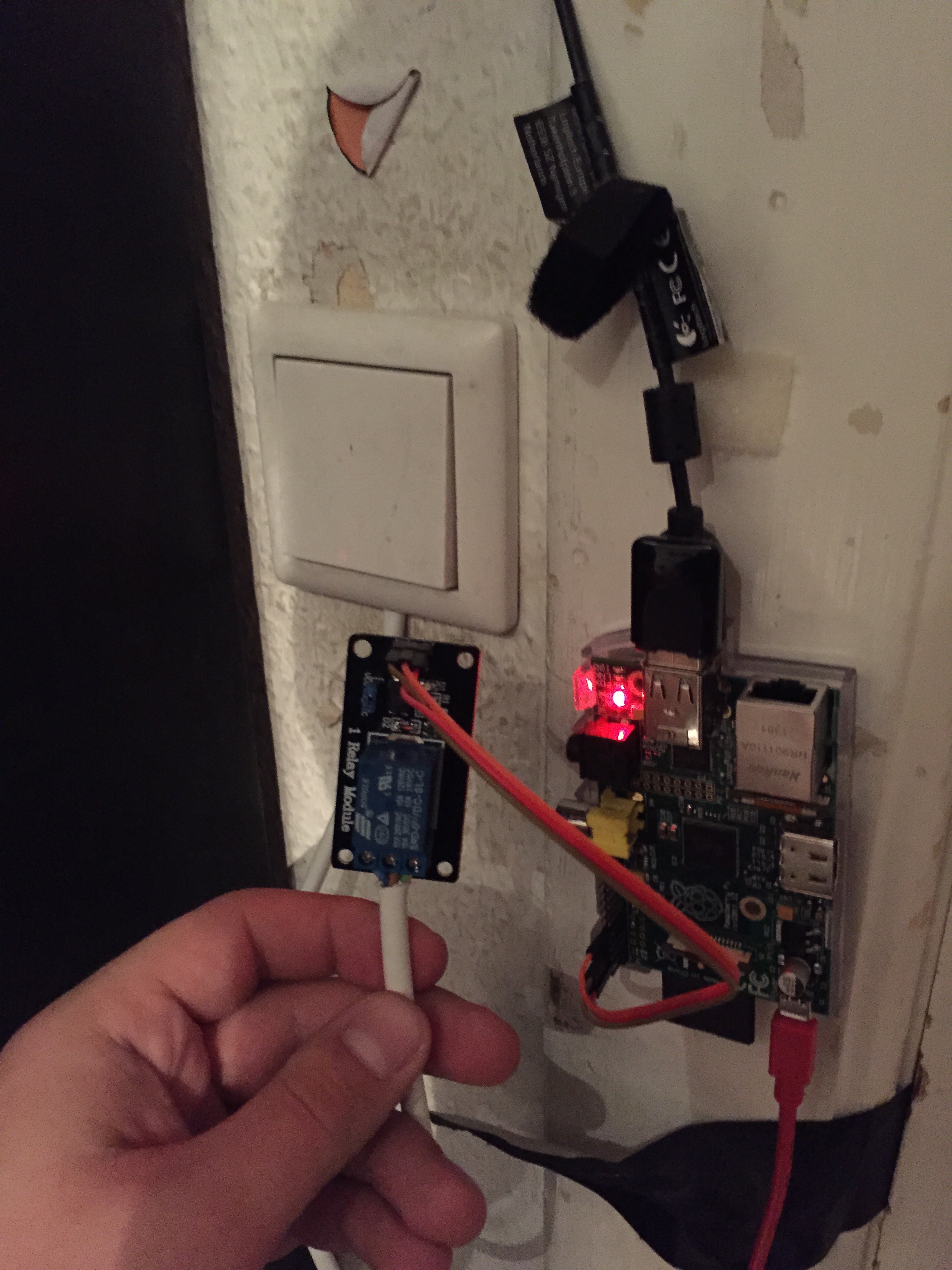I have no experience with iOS development, but luckily my university has :) so i got an educational dev license to write a small app that contains a button (inApp and in Notification center widget) who sends a POST request to my Raspberry pi's apache server, the PHP script executes a GPIO command to trigger the relay.
This solution is very ugly, very unsafe and too expensive for more then one switch, so i'm starting to experiment with everyones favorite WiFi Chip: the ESP8266.
So my current attempt is a Python server on the RPI that recieves a POST/GET request from a website or iOS/Android-App and deliver a simple TCP message to the right ESP module to trigger the relay.
 Jan
Jan


You only need a ESP8266, no extra µC like ATTINY. First flash new firmware and LUA programming language to the ESP, then you can directly use the ESP. For more information, searc the www for nodemcu